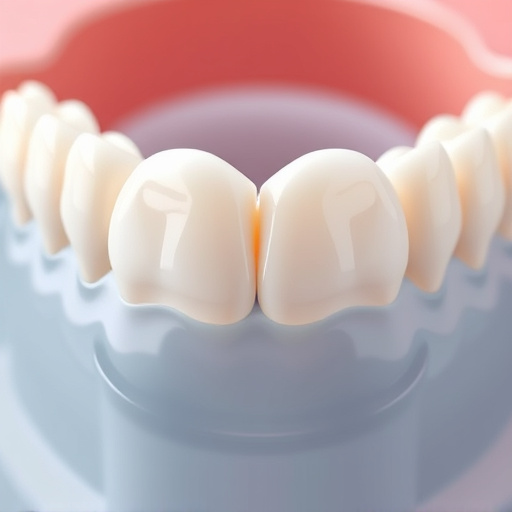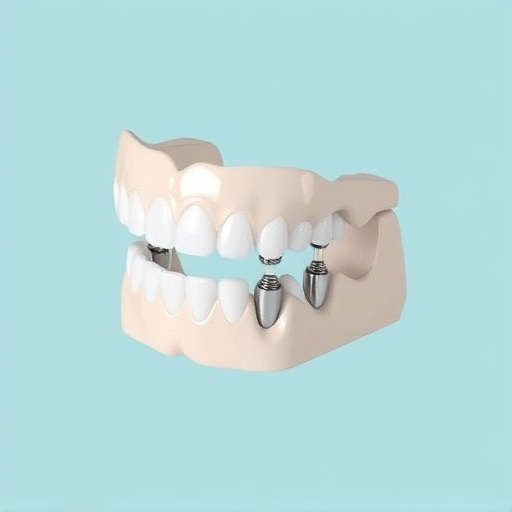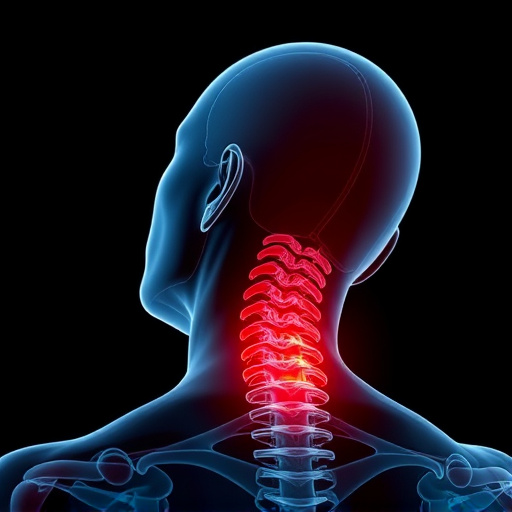Many traditional auto injury assessments miss hidden yet common issues like chronic neck and back pain due to soft tissue damage, often overlooking non-visible injuries like whiplash. These conditions can have long-term impacts on quality of life. A comprehensive auto injury assessment should include strategies for neck pain relief and focus on personalized treatment plans addressing all symptoms, not just visible ones, for a more effective and holistic injury rehabilitation.
In the aftermath of a car accident, immediate concerns often revolve around visible injuries. However, many victims suffer from overlooked yet significant conditions that require meticulous auto injury assessment. This article delves into common yet often missed claims, such as whiplash and PTSD. We explore the challenges in diagnosing invisible injuries and emphasize the crucial role of medical professionals in identifying hidden damage. Additionally, we provide strategies for managing chronic pain, advocating for fair compensation, and accessing quality healthcare post-accident.
- Common yet Overlooked Auto Injury Claims
- – Whiplash and its long-term effects
- – Soft tissue injuries: More than just muscle soreness
Common yet Overlooked Auto Injury Claims

Many auto injury assessments often focus on immediately visible injuries like whiplash and broken bones. However, there are common yet overlooked claims that don’t always show up in initial checks. One such area is chronic neck pain, which can result from soft tissue damage or nerve compression. Many victims might dismiss it as temporary discomfort, but persistent neck pain relief may be necessary for long-term recovery.
Another frequently missed injury is prolonged back pain, which can manifest as muscle strain or develop into more severe conditions like herniated discs. Adequate post-injury care plays a crucial role in managing these issues. Assessing and treating auto injuries holistically involves considering not just the visible wounds but also the potential for latent symptoms that could significantly impact an individual’s quality of life, requiring strategies like back pain relief to ensure comprehensive healing.
– Whiplash and its long-term effects

Whiplash, a common injury resulting from car accidents, often goes unnoticed due to its non-visible nature. It’s characterized by the rapid back-and-forth movement of the neck, leading to strained muscles and tendons. While immediate symptoms may include neck pain, stiffness, and headaches, long-term effects can be more insidious. Many victims experience chronic neck pain that persists for months or even years, hindering daily activities and quality of life.
This condition requires proper assessment during auto injury evaluations to prevent prolonged discomfort. Effective treatment options, such as physical therapy, can offer much-needed neck pain relief. Rehabilitation exercises focus on strengthening the affected muscles and improving flexibility, ultimately aiding in recovery. Through targeted interventions, individuals can reclaim their mobility and alleviate the lasting impacts of whiplash, ensuring a smoother path towards complete injury rehabilitation.
– Soft tissue injuries: More than just muscle soreness

Soft tissue injuries are a common yet often overlooked aspect of auto injury assessments. Unlike broken bones or visible cuts, these injuries aren’t always immediately apparent, leading many victims to downplay their severity. However, soft tissue damage can include sprains, strains, and contusions, which can cause significant discomfort and long-term issues if left untreated. These injuries may manifest as chronic neck pain relief eludes victims, or headaches persist, affecting daily life and work performance.
In the context of auto injury assessment, it’s crucial to remember that personalized treatment plans are essential for effective recovery. Healthcare professionals must thoroughly evaluate all symptoms, including seemingly minor ones, to develop tailored strategies for headache relief and addressing other overlooked injuries. By doing so, they can ensure comprehensive care that goes beyond surface-level assessments, fostering a more holistic path to healing.
In the context of auto injury assessment, it’s crucial to recognize that beyond visible wounds, many common yet subtle injuries can go overlooked. Whiplash and soft tissue damage, for instance, often manifest as chronic issues if not immediately addressed. By understanding these hidden risks, individuals can ensure comprehensive compensation and proper recovery following automotive accidents. A thorough evaluation of auto injury assessment methods is essential to identify and treat all associated harm, promoting holistic healing and restoring affected individuals to their pre-accident state.














